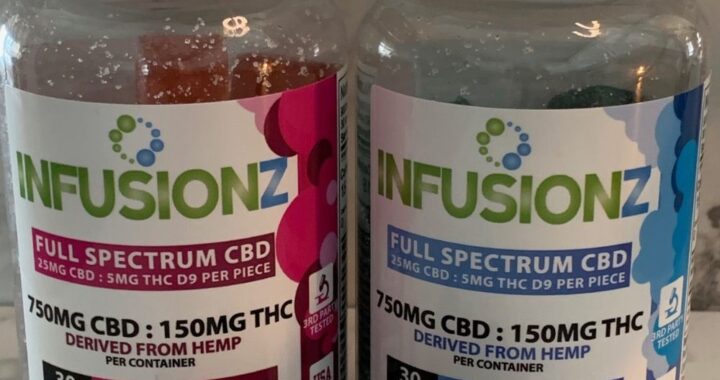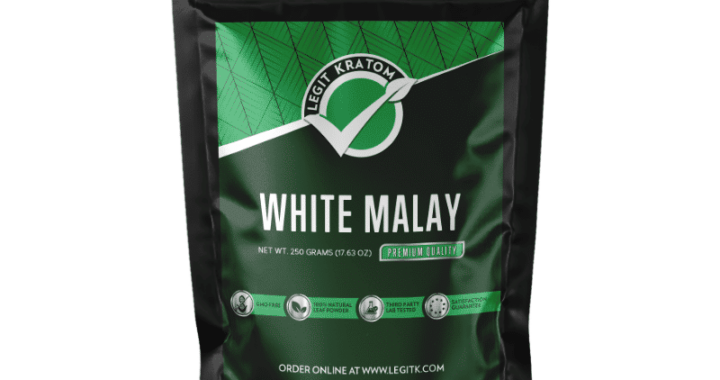All You Need to Know About Microneedling

Everyone wished to have smoother, firmer, and flawless skin. People try various treatments and therapies to have that beautiful and toned skin, but only a few may produce a successful result. Like all those therapies, one of the most approved therapies is widely known as micro-needling. This therapy is also called derma-rolling or collagen induction therapy.
Microneedling is a procedure of pricking the skin with the help of tiny needles. It is purposefully done to produce new collagen and skin tissues to provide a smoother, firmer, more toned skin. The process involves creating a lot of tiny injuries to the skin, which results in the production of new collagen.
While the penetration damages the skin cells and the process of healing involves the production of collagen and elastin, which combinedly work to make skin smoother and brighter than earlier. This process ensures that the products get absorbed quickly and deeply into the skin. It happens due to the creation of microchannels in the skin, which dramatically boosts collagen and elastin production in the body.

Does microneedling hurt?
You might be aware of the process and uses of the micro-needling, but as several tiny needles are used to prick the skin, it might be hurting a lot, right?. In a nutshell, definitely yes, it hurts a lot, but the intensity varies from person to person. But, if someone is using it at home with a device, then it shouldn’t be that painful. Instead of needles, the different types of cannulas can be used in the procedure because they are more maneuverable.
The entire procedure takes up to two hours to complete, and it is generally performed by a certified dermatologist. The doctor usually uses a topical anesthetic about 45 minutes to an hour before the therapy. Anesthetic mainly numbs the area on which the therapy is to be performed, which subsequently mitigates the pain you might feel during the process.
How to reduce the pain?
However, the micro-needling procedure is quite painful for some people, but there are certain things that one can practice to minimize the pain you might feel. So, let’s discuss the points to practice before the procedure:
- Do not apply any products that eventually increase the sensitivity in your skin.
- Avoid overexposure to the sun; it can generally boost the sensitivity and can damage your skin as well.
- Avoid shaving or waxing, and it can also lead to an increase in skin sensitivity.
- The use of vitamin A and C formulations is recommended; it promotes the production of collagen.

After the procedure
If the pain still follows, then to minimize the pain after the procedure, you can practice certain steps.
- Follow the instruction given by the dermatologist after the procedure.
- Use any cream or lotions to moisturize your skin that is prescribed by the doctor.
- Use lukewarm water to wash and clean your face till a couple of days after the procedure.
- Do not apply makeup for a couple of days rather than clean ones.
Furthermore, avoid unnecessary sun exposure or apply sunscreen when going out and no use of exfoliants and harsh cleansers.






